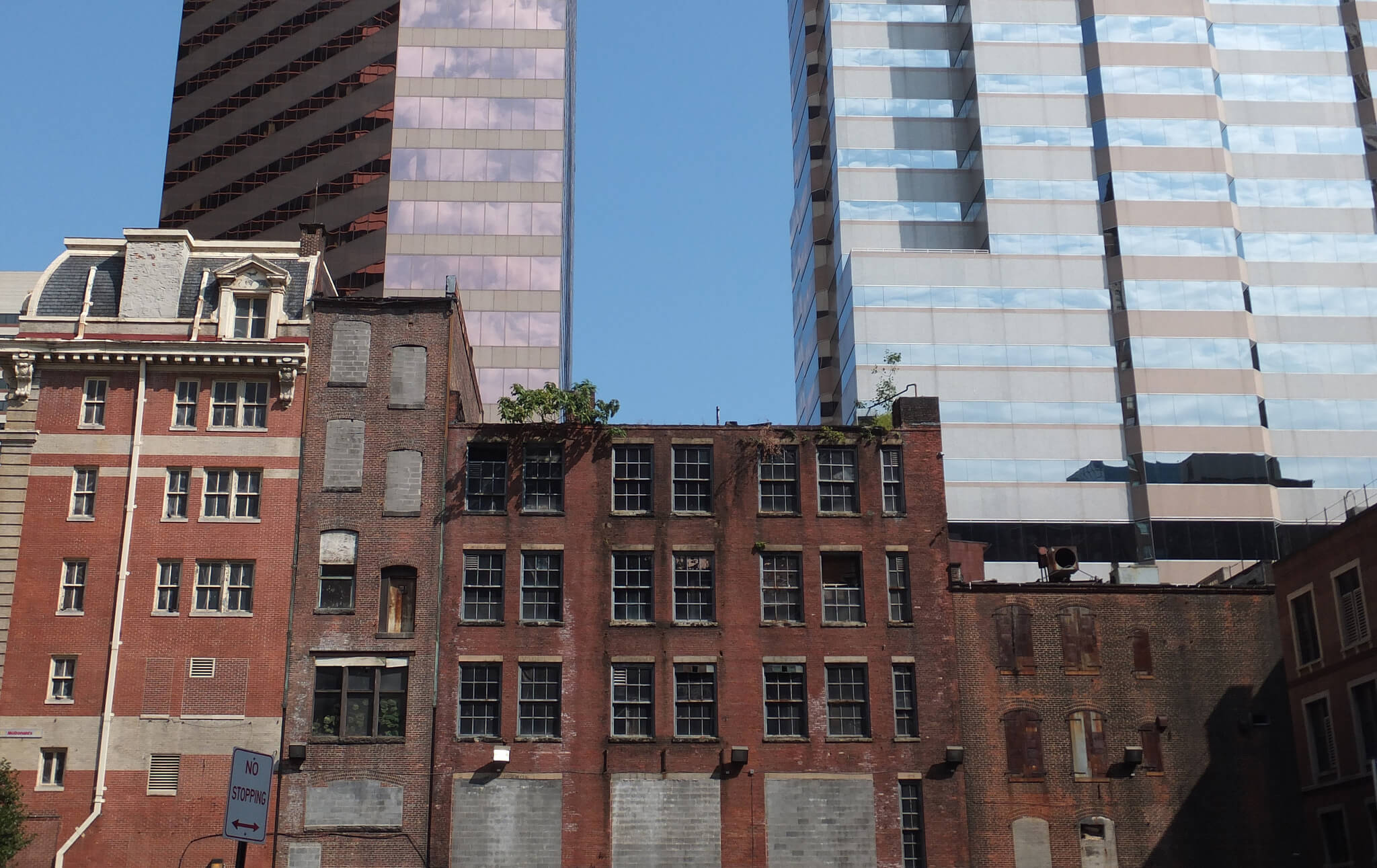Brad DeLong: Worthy reads on equitable growth, April 19–25, 2019
Worthy reads from Equitable Growth:
- Go back and read Alyssa Fisher on the problem generated by underfunding the IRS. She writes in “Greater IRS funding can help ensure the wealthy pay the taxes they owe” that “[t]he majority of underreported income and underpaid taxes … occurs among the top decile … What the IRS is doing about underpayment. .. is less and less … Since 2010, congressional majorities … underfund[ed] the IRS … pressured the agency to devote greater attention and resources to some of the nation’s lowest-income working families—those who claim the Earned Income Tax Credit.”
- Two years ago, we published Owen Zidar’s excellent piece on how the only tax cuts that boost aggregate demand are rate cuts for lower-income Americans. Read his “Tax cuts for whom? Heterogeneous effects of income tax changes on growth and employment,” in which he writes: “How tax changes for different income groups affect aggregate economic activity … a measure of who received (or paid for) tax changes in the postwar period using tax return data from NBER’s TAXSIM … by income group and state. Variation in the income distribution across U.S. states and federal tax changes generate variation in regional tax shocks that I exploit to test for heterogeneous effects. I find that the positive relationship between tax cuts and employment growth is largely driven by tax cuts for lower-income groups, and that the effect of tax cuts for the top 10 percent on employment growth is small.”
- A tweet from Harvard University Press’ Ian Malcolm, “Fall List Preview #5,” of Heather Boushey’s Unbound: How Inequality Constricts Our Economy and What We Can Do About It. Malcolm writes: “One of Washington’s most influential voices on economic policy shows how reducing inequality can stimulate growth. HB also explains a quiet revolution for the better in the dismal science.”
Worthy reads not from Equitable Growth:
- Note that even if gentrification were to boost housing demand by as much as housing supply—which is not the case—the general-equilibrium effects are enormously beneficial: much less pressure on nongentrifying neighborhoods and a much larger increase in the tax base to support urban services. Read Brian James Asquith, Evan Mast, and Davin Reed, “Does Luxury Housing Construction Increase Nearby Rents?” They write: “There are many plausible mechanisms by which an increased concentration of wealthy households could make a neighborhood more attractive … We study induced demand near new apartment complexes in gentrifying areas using listing-level data on rental prices from Zillow and exact household migration data from Infutor … difference-in-differences … In neighborhoods where new apartment complexes were completed between 2014–2016, rents in existing units near the new apartments declined relative to neighborhoods that did not see new construction until 2018. Changes in in-migration appear to drive this result. Although the total number of migrants from high-income neighborhoods to the new construction neighborhoods increases after the new units are completed, the number of high-income arrivals to previously existing units actually decreases, as the new units absorb a substantial portion of these households. On the whole, our results suggest that—on average and in the short-run—new construction lowers rents in gentrifying neighborhoods.”
- Potemkin factories in Wisconsin are highlighted by Josh Dzieza in his “Foxconn is confusing the hell out of Wisconsin.” He writes: “Last summer, Foxconn announced a barrage of new projects in Wisconsin—so we went looking for them: It was summer in Wisconsin, and Foxconn seemed to be everywhere. But also: nowhere at all. … The trade war with China still looms, and Trump has personally called Foxconn CEO Terry Gou when the company wavers. This time, Foxconn can’t simply vanish without risking a backlash, but it also makes no sense for it to build what it initially promised. Shih thinks Foxconn is still figuring out what it’s going to do and that the infrastructure development, political attention, and insistence on a factory is painting the company into a corner.”
- Africa is the only region in which the number of people in dire poverty continues to increase. Can industrialization help? Maybe—but it may be too late for industrial firms to be a leading sector. Read Bright Simons, “Africa’s Unsung ‘Industrial Revolution,’” in which he writes: “There is an industrial revolution underway in sub-Saharan Africa’s most entrepreneurial economies—places such as Ghana, Uganda, Senegal, and Côte d’Ivoire … Alibaba industrialization … No one is entirely sure why protectionist and state-led industrial policies of the type described earlier seem to induce large-scale industrialization in Vietnam, South Korea, and Taiwan but not in Nigeria, Laos, or Uzbekistan. Every theory adduced is racked with contradictions and does not survive granular examination … Small and medium-sized Chinese suppliers provide major chunks of the industrial jigsaw and African hustlers and unconventional industrialists act as shuttle-brokers of the various factors of production between China and Africa … Chinese SMEs are becoming sophisticated global opportunity hunters, ditching the somewhat passive role they played as cogs in the Western outsourcing wheel three decades ago … tailoring solutions for individual African country terrains, complete with logistics, training, and support packages. The effects of the modular transformation of the African industrial sector, whilst subtle, are already fascinating: reassembled knockdown luxury cars in Ghana; cutting-edge clay brick kilns in Uganda; and milk-vending now a thing in Kenya.”







